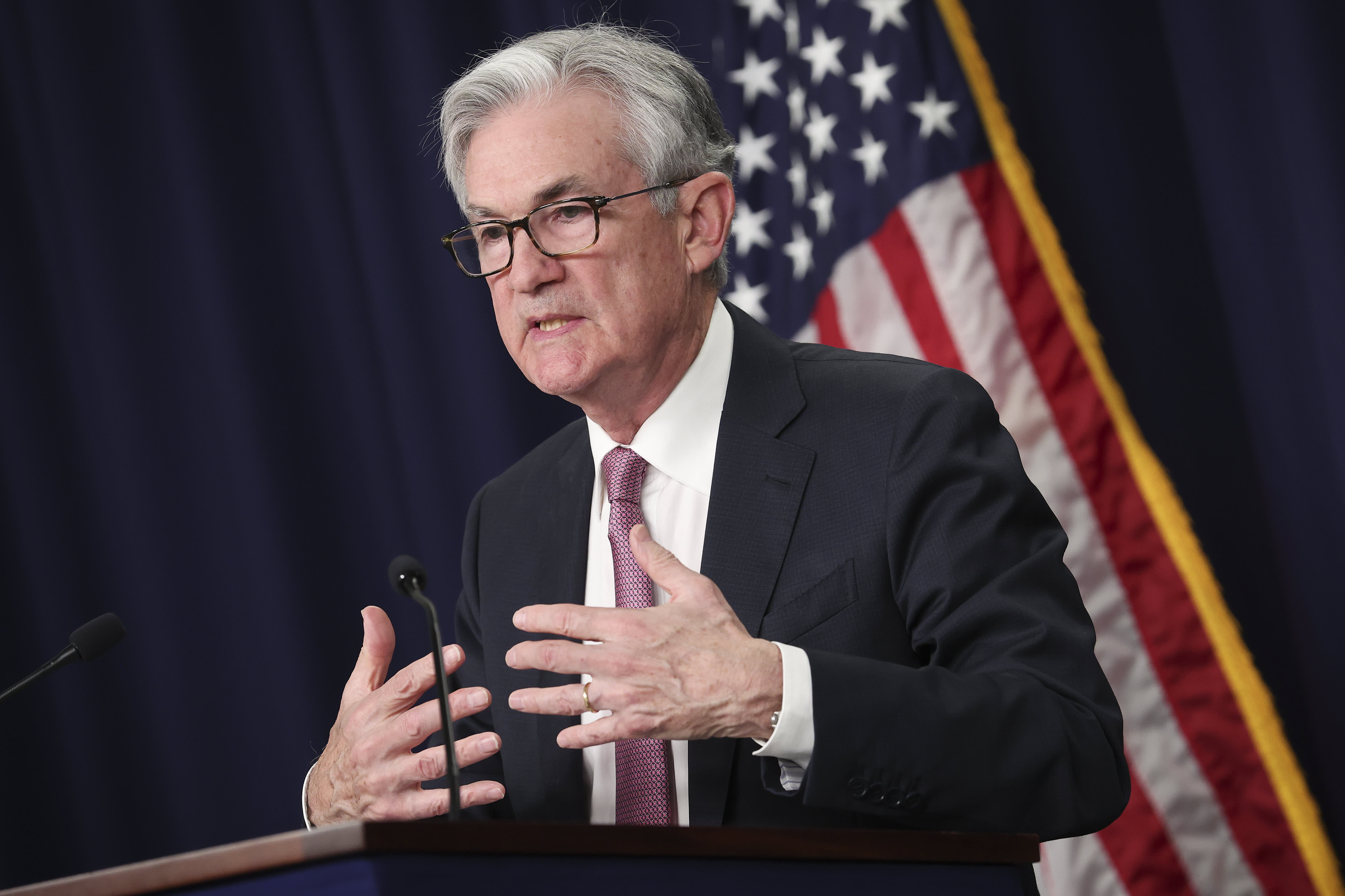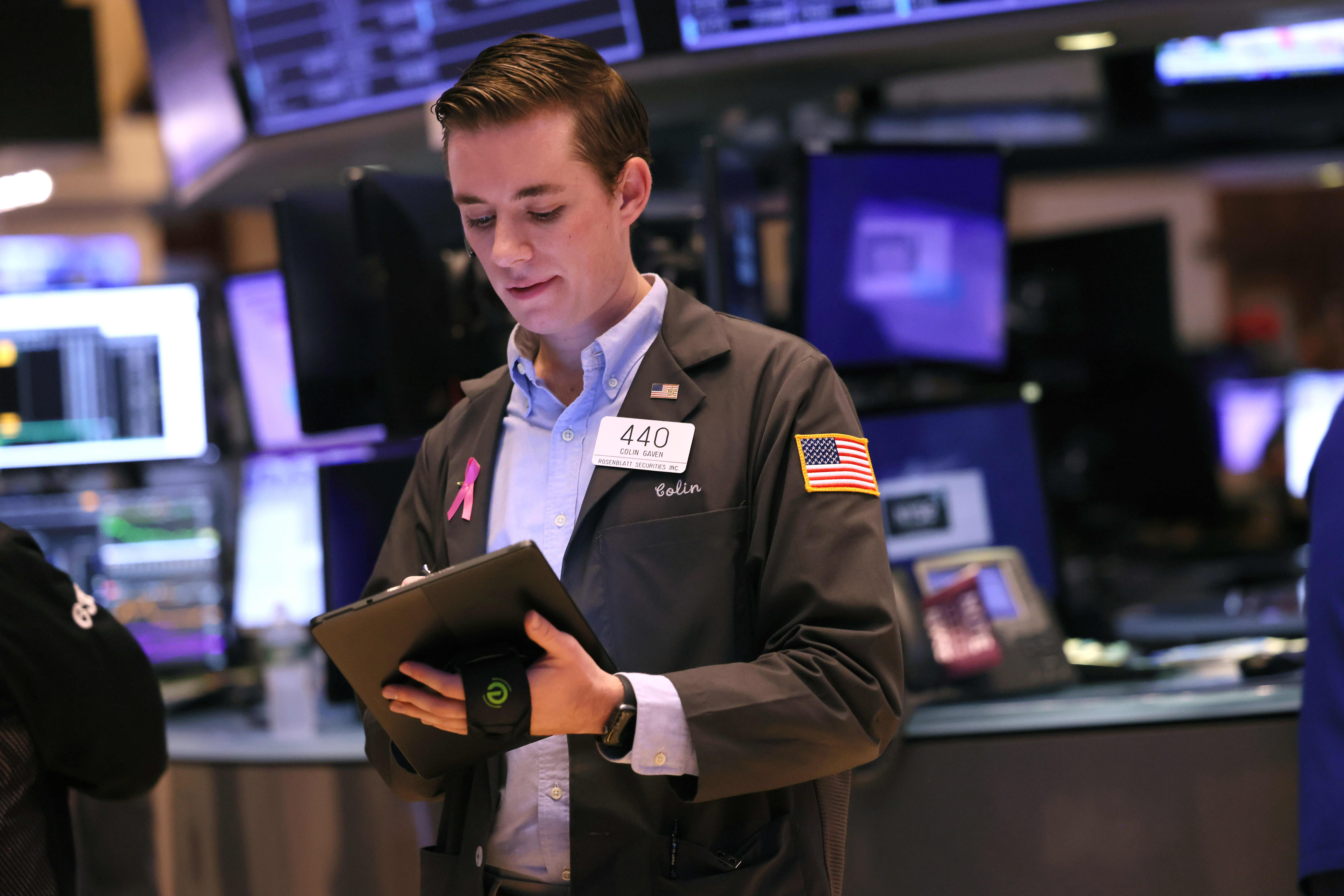
Measures of U.S. inflation in September showed that the pace of price increases is still grinding lower, though at a slow and uneven pace.
Prices in the United States increased 0.4% from August to September, a slowdown from the previous month. Thursday’s report from the Labor Department also showed that annual consumer inflation in September was unchanged from a 3.7% rise in August.
And underlying inflation declined a bit: So-called core prices, which exclude volatile food and energy costs, climbed 4.1% in September from 12 months earlier, down from a 4.3% year-over-year pace in August. That is the smallest increase in the core measure in two years.
Still, on a month-to-month basis, prices are still rising faster than is consistent with the Fed’s 2% target. Core prices increased 0.3% in September, the same as the previous month.
Get Connecticut local news, weather forecasts and entertainment stories to your inbox. Sign up for NBC Connecticut newsletters.
Economists and Fed officials have long cautioned that inflation would likely ease in a bumpy and uneven way, though it is still expected to keep slowing into 2024. Thursday’s inflation data follows several speeches this week by Fed officials suggesting that they are inclined to leave their benchmark interest rate unchanged at their next meeting Oct. 31- Nov. 1.
Longer-term interest rates have spiked since the Fed’s policymakers last raised their key rate in July. Those higher long-term bond rates have led to more expensive mortgages, auto loans and business borrowing, a trend that could help cool inflation pressures without further Fed rate hikes.
Several factors have combined to force up longer-term rates. They include the belated acceptance by financial markets of the likelihood that the economy will remain on firm footing and avoid a recession.
The government’s budget deficit is also worsening, requiring more Treasury debt to fund it. The result has been an increased supply of Treasuries, which means a higher yield is needed to attract enough buyers.
A larger reason, though, is that investors regard the future path of inflation and interest rates as increasingly uncertain and demand a higher long-term Treasury yield to compensate for that risk.
On Wednesday, Christopher Waller, a member of the Fed’s governing board who has previously backed sharply higher rates to fight inflation, suggested that price increases are steadily cooling, potentially allowing the Fed to leave interest rates unchanged. Optimism has been growing that the Fed can tame inflation through the series of 11 interest rate hikes it imposed beginning in March 2022 without causing a recession.
“We’re in this position where we can kind of watch and see what happens,” Waller said. If core inflation stays as low as it has in recent months, “we’re pretty much back to our target.”
Hiring surged unexpectedly in September, the government reported last week, and job gains in July and August were also revised higher. More people earning paychecks should help fuel consumer spending, the principal driver of the economy. Yet the report also showed that wage growth slowed — a trend that, if it continues, should help ease inflationary pressures.
Inflation soared in 2021 as the economy roared out of the pandemic recession. Consumers were ramping up their spending on furniture, exercise equipment and appliances even while supply chain bottlenecks contributed to widespread shortages. Russia’s invasion of Ukraine then sent food and gas prices spiking. Inflation peaked at 9.1% in June 2002.
Since then, supply chains have unraveled, and food and energy prices have risen much more slowly. In the meantime, the economy has remained largely healthy, and the unemployment rate has barely risen. The steady decline in inflation, without a spike in layoffs or a recession, has confounded economists’ expectations that widespread job losses would be needed to slow price increases.



